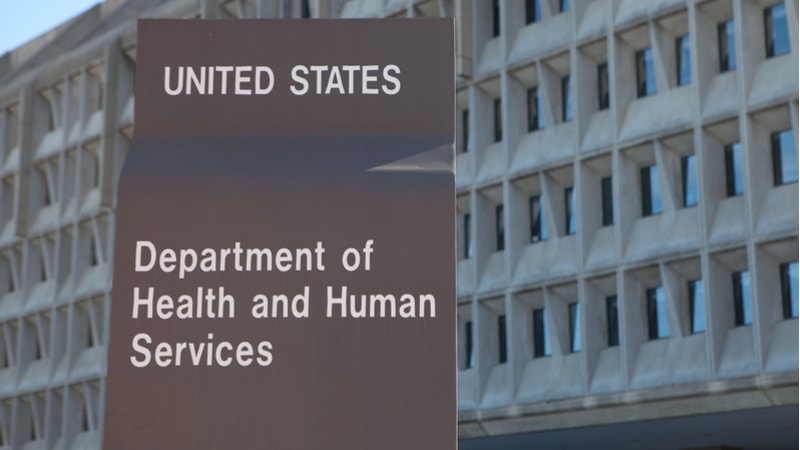
Any good healthcare provider will tell you that early diagnosis of a problem can lead to better outcomes down the road – and IT leadership at the Department of Health and Human Services (HHS) proved the enduring truth of that adage in the agency’s quick adjustment to a telework footing as the coronavirus pandemic emerged earlier this year.
Speaking during a Nov. 5 MeriTalk CIO Crossroads webinar, “Lessons from HHS – Cyber Defense to Virus Relief,” HHS Acting CIO Perryn Ashmore provided an inside look at the value of early detection and diagnosis of necessary IT adjustments that took place at the agency well before COVID-19 became a household name.
Ashmore, who was HHS Principal Deputy CIO earlier this year working with then-CIO Jose Arrieta, said the IT leadership team at the agency began to take action in mid-to-late February in anticipation of the big workplace changes that the pandemic would bring about.
“Early on . . . Jose and I got together with the other IT leadership teams across the department to really determine our risks,” Ashmore said. “Working through that, we made investments in our backbone technology and doubled our capacity to certain locations within a week. We also addressed across the department any shortcomings we had in terms of virtual technology and virtual private networking. It was really a team effort.”
Given the nature of work at HHS, “most of our staffs were very used to supporting the idea of remote work,” Ashmore said, “so we truly had a jump-start on many of the federal agencies and because of the work that we do at agency.”
Karen DeSalvo, a physician and Chief Health Officer at Google, seconded the idea of technical preparation that has helped the tech giant weather the pandemic. “Google is a global company that often does either work remotely or at least communicate globally via teleconferencing, So, it’s embedded in the way we work every day,” she said. “Not to say that the transition was completely seamless, but at least we had that as a part of our toolbox in the way we work together.”
“I think for us, we wanted to protect Googlers and be a part of protecting the community quite early,” DeSalvo said. “So, we were one of the earliest companies to go to work from home. And that meant that we needed to sort out not only how to see that the Googlers around the world had the tools and the technology and the connections they needed to continue doing their work, but that we didn’t break the internet, as it were.”
“And so I’m figuring out how and where we could go to work from home, and where we had to maintain data centers or other operational capabilities for continuity of business expectations. And even for a company like us, that includes ensuring that we’ve got some capabilities to look at misinformation on YouTube, where sometimes that requires the worker to actually view a video that may have bad content in it,” she said.
Gary Nichols, Sales Director-Civilian Agencies at Ciena, said his company reaped major operational dividends as the pandemic took hold from timely IT investments it made its own operations.
“We benefited from the IT investments that we’ve been making over the last few years, and moving to the cloud as well as modernizing our corporate network,” Nichols said. “Obviously, we weren’t expecting a pandemic, but the investments we also made in the latest collaboration tools and network infrastructure for the sake of flexibility and efficiency really paid off for us.”
On the supply chain side, Nichols said good advanced planning has meant that “our factories have been able to remain open during this very difficult period. Even though we saw some supply chain disruptions as a result of the pandemic, we have been able to meet our customers’ demands and continue operating the business at scale.”
“We were even able to flex our supply chain to increase deliveries to certain customers,” Nichols said, as customers “needed to grow their networks in response to the demand changes brought on by the mass move to telework.”
For the full story of how HHS not only adjusted to pandemic conditions but quickly marshalled technical resources to become the premiere hub of trusted COVID-19 data aimed at engineering treatments and vaccines, please tune in to the full webinar, which is based in part on MeriTalk’s CIO Crossroads interview series covering Federal agency IT during the pandemic.
